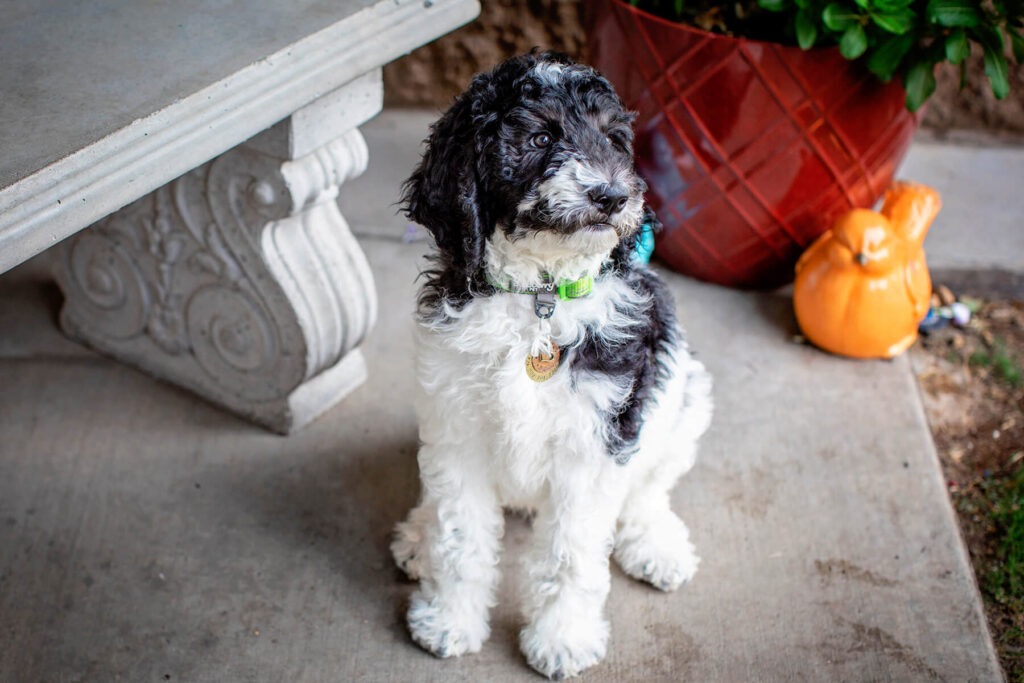Heat can be very dangerous for dogs. As a dog owner, you need to be able to recognize common heat dangers, know the symptoms of heat sickness, and know what to do if your dog is suffering from heat illness. Having this information can help you take care of your dog when hot weather in Arizona sets in. Here’s what you need to know.
Know the Common Heat Dangers for Dogs
Dogs can get heat illness under many circumstances. Indoors and outdoors, working outside or hanging out around the house, dogs can overheat easily when temperatures are high. Here’s what you should watch out for:
- Temperatures over about 90 degrees. Dogs can withstand some heat, but in temperatures over about 90 degrees Fahrenheit, some dogs may be in danger of heat illness.
- Old age. Older dogs are more sensitive to high heat than younger dogs.
- Short snout. Brachycephalic dogs have short, squished noses that can impede their ability to take in sufficient oxygen at times when the temperature is hot outside.
- Humidity. High humidity makes dogs suffer, just as people suffer.
- Thick coat. Thick coats provide insulation that can trap heat in.
- Obesity. Body fat is an insulator, just as a thick coat is an insulator.
If your dog is at high risk for heat sickness, either because of physical factors (like age) or because of environmental factors (like the temperature of the air), you’ll need to take extra steps to keep your dog safe.
Prevent Heat Illness
You can do many things to prevent your dog from getting heat illness. Dogs need access to cool water throughout the day when the weather is hot outside. If your dog spends a lot of time outside, give your dog an extra bowl of water and keep the water in the shade to prevent it from warming up.
If you have an outdoor dog, put up multiple shelters where your dog can spend time. Watch the shade throughout the day to ensure that your dog has shade even when the sun moves across the sky. Always bring your pet inside though if temperatures rise too high. If your dog stays indoors all day long, run your air conditioner during the day. Do not leave your dog in a home without air conditioning while you’re at work.
Avoid walking your dog or playing with your dog in the heat of the day. Walk your dog in the early morning when the weather is cool or in the evening after the sun goes down.
Never ever leave your dog alone in a parked car for any period. Even if you only plan to leave the dog in the car for a very brief time, you could get distracted and fail to return quickly.
Recognize the Symptoms of Heat Sickness and Heat Stroke
Knowing the symptoms of heat stroke can help you identify a medical emergency in your dog. Here’s what to watch out for:
- Excessive panting
- Vomiting
- Diarrhea
- Disorientation
- Extra red gums
Additionally, your dog may collapse or may have a hard time moving in a coordinated manner.
Know What to Do If Your Dog Has Heat Sickness
Take your dog to a shaded, cool space, and give your dog cool water to drink. Contact the emergency veterinarian and seek instructions or bring your pet in immediately. The vet may have you give your dog a cool bath or shower, but keep your dog’s nose and mouth out of the water so your dog can continue to breathe freely.
Contact Your Veterinarian Today
Arizona’s climate can lead to serious heat-related illnesses in dogs. To protect your dog, keep the number for an emergency vet on hand at all times.
At 1st Pet Veterinary Centers, we’re happy to answer your questions about heat illnesses in dogs. Contact us today to find out more.

